Home>Storage Ideas>Kitchen Storage>What Color Goes With A White Kitchen? 10 Top Picks From Design Experts
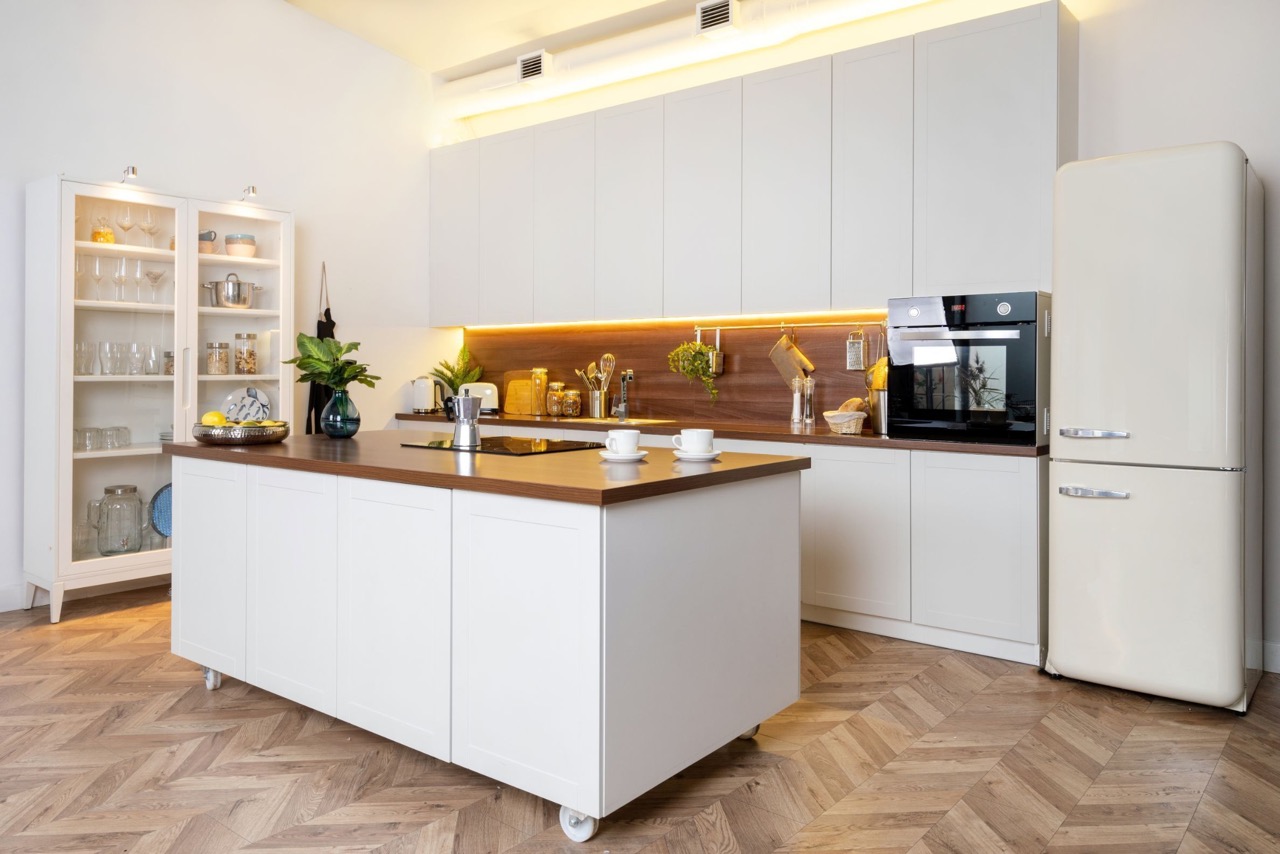

Kitchen Storage
What Color Goes With A White Kitchen? 10 Top Picks From Design Experts
Modified: October 20, 2024
Looking for kitchen storage ideas? Design experts recommend these top 10 color picks to complement your white kitchen.
(Many of the links in this article redirect to a specific reviewed product. Your purchase of these products through affiliate links helps to generate commission for Storables.com, at no extra cost. Learn more)
What color goes with a white kitchen? 10 top picks from design experts
When it comes to creating a kitchen that is both stylish and versatile, white is a popular choice for many homeowners. The crisp and clean aesthetic of a white kitchen provides a blank canvas for a variety of design possibilities. But what colors pair best with white? We’ve consulted with design experts to bring you their top picks for colors that perfectly complement a white kitchen.
1. Classic Contrasts: One way to make your white kitchen stand out is by incorporating classic contrasting colors. Black, navy blue, or deep gray accents can create a striking and sophisticated look. Consider adding a black or navy blue island, or opt for dark gray countertops to add depth to your white kitchen.
2. Neutral Neighbors: If you prefer a more subdued and calming atmosphere, neutral colors are the way to go. Shades of beige, tan, or cream blend seamlessly with white, creating a serene and cohesive look. Incorporate these neutral tones through your backsplash, flooring, or soft furnishings.
3. Serene Shades of Blue: For a fresh and airy feel, consider incorporating shades of blue into your white kitchen. Light blues, such as sky blue or pale aqua, can create a tranquil and beachy vibe. Alternatively, a darker shade like navy blue can add a touch of elegance and sophistication.
4. Bold and Beautiful Black: Black is a versatile shade that can create a bold and dramatic contrast against white. Consider adding black fixtures, such as faucets or pendant lights, to create visual interest and modernize your white kitchen.
5. Pretty in Pastels: If you want to add a soft and delicate touch to your white kitchen, pastel colors are an excellent choice. Mint green, blush pink, or pale yellow can create a charming and whimsical atmosphere.
6. Warm and Earthy Tones: Bring the warmth of nature into your white kitchen with earthy tones like warm browns, soft grays, and muted greens. These colors create a cozy and inviting atmosphere that works well with the simplicity of a white backdrop.
7. Sleek and Sophisticated Gray: Gray is a versatile color that pairs beautifully with white. Opt for light gray cabinets or countertops to create a sleek and contemporary look, or go for a darker shade for a more dramatic effect.
8. Vibrant Accents of Red: If you want to add a pop of color to your white kitchen, consider using vibrant red accents. Red can create a bold and energetic atmosphere, whether it’s through red bar stools, a red backsplash, or even red appliances.
9. Refreshing Green Hues: Create a fresh and lively ambiance by incorporating shades of green into your white kitchen. From sage green to emerald, these colors bring a sense of nature and tranquility to your space.
10. Timeless Shades of Brown: Brown is a classic and timeless color that pairs well with white. From rich chocolate brown to warm caramel tones, these earthy hues add warmth and depth to your white kitchen.
When choosing the perfect color to go with your white kitchen, consider the overall style and mood you want to achieve. Whether you opt for classic contrasts or soft pastels, remember that there are no hard and fast rules – trust your instincts and have fun creating a kitchen that reflects your personal style.
Key Takeaways:
- Classic Contrasting colors like black, navy blue, or deep gray can add sophistication and depth to a white kitchen. They create a striking visual impact and offer practical benefits like masking dirt and stains.
- Neutral colors such as beige, tan, or cream blend seamlessly with white, creating a serene and timeless look. They provide a blank canvas for other elements to stand out and offer versatility in design styles.
Read more: What Sink Color Goes With White Countertops
Classic Contrasts
When it comes to choosing the right color schemes for a white kitchen, one of the top picks from design experts is to incorporate classic contrasting colors. By pairing black, navy blue, or deep gray accents with your white kitchen, you can create a striking and sophisticated look that adds depth and visual interest to the space.
One popular way to incorporate classic contrasts in a white kitchen is by adding a black or navy blue island. The bold color of the island becomes the focal point of the kitchen, instantly drawing the eye and creating a captivating visual impact. Additionally, black or navy blue can be used for other elements such as cabinet fronts, countertops, or backsplashes to create a cohesive and harmonious design.
If you prefer a more subtle contrast, consider using deep gray accents. Gray is a versatile color that pairs well with white, and it can be incorporated in various ways. For instance, you can opt for gray countertops or backsplash tiles, or even choose gray cabinetry to add a touch of sophistication to your white kitchen.
The beauty of classic contrasting colors is that they create a sense of balance and harmony in the space. The contrast between the white background and the darker accents helps to define different areas and elements within the kitchen, creating a sense of depth and dimension.
In addition to the visual impact, classic contrasting colors also offer practical benefits. Darker colors, such as black or navy blue, can help to mask dirt and stains, making them a practical choice for high-traffic areas of the kitchen. Furthermore, these colors are less likely to show signs of wear and tear, ensuring that your kitchen maintains its pristine appearance for longer periods of time.
When incorporating classic contrasts into your white kitchen, it’s important to strike a balance between the white and the darker colors. Too much contrast can create a jarring effect, while too little may result in a lackluster design. Aim for a harmonious blend of white and the contrasting color, ensuring that they complement each other seamlessly.
By incorporating classic contrasting colors, you can transform your white kitchen into a visually stunning and stylish space. The addition of black, navy blue, or deep gray accents adds character and sophistication, creating a unique and personalized kitchen design that stands out from the crowd. So don’t be afraid to take a bold step and experiment with classic contrasts in your white kitchen – the results will be both timeless and eye-catching.
Neutral Neighbors
When it comes to choosing the perfect color scheme for a white kitchen, one of the top picks from design experts is to incorporate neutral colors. Neutral tones, such as beige, tan, or cream, blend seamlessly with white, creating a serene and cohesive look that never goes out of style.
One way to incorporate neutral colors in a white kitchen is through the backsplash. Instead of opting for bold and vibrant patterns, choose a neutral-colored tile that complements the white cabinetry and countertops. This creates a clean and timeless look that will appeal to a wide range of design styles.
Neutral colors can also be brought into the kitchen through the flooring. Consider installing hardwood floors in a warm and inviting shade of brown or a light gray laminate that complements the white cabinetry. These earthy tones provide a sense of warmth and grounding, making your white kitchen feel cozy and inviting.
Another way to incorporate neutral neighbors in a white kitchen is through soft furnishings. Choose curtains, cushions, and upholstery in shades of beige or cream to bring a touch of softness and comfort to the space. These neutral accents can be easily changed out as trends evolve, allowing you to give your kitchen a fresh update without undergoing a full remodel.
The beauty of neutral colors is their versatility and ability to create a calming atmosphere. They provide a blank canvas that allows other elements in the kitchen, such as artwork or decorative accessories, to stand out. Neutral colors create a sense of harmony and balance, making your white kitchen a peaceful and inviting space for cooking and entertaining.
One of the advantages of neutral color schemes is the ease of incorporating different textures and materials. From sleek subway tiles to rustic stone or warm wooden accents, neutral colors provide a backdrop that allows these elements to shine. Whether you prefer a modern, industrial look or a more traditional, farmhouse style, neutral colors can adapt to your chosen design aesthetic.
When using neutral colors in a white kitchen, it’s important to pay attention to the undertones. Beige tones with warm undertones work well with warmer whites, while cooler neutrals like gray or taupe pair perfectly with cooler whites. This attention to detail ensures a cohesive and harmonious look in your white kitchen.
Incorporating neutral colors into your white kitchen adds a sense of calm and timelessness to the space. By choosing neutral neighbors such as beige, tan, or cream, you create a serene and harmonious atmosphere that will never go out of style. So consider adding some neutral touches to your white kitchen and enjoy a space that exudes elegance and tranquility.
Serene Shades of Blue
When it comes to finding the perfect color to pair with a white kitchen, design experts often recommend incorporating serene shades of blue. From light and airy blues to deep and rich navy tones, blue can create a fresh and calming atmosphere that complements the crispness of a white kitchen.
One way to incorporate serene shades of blue in a white kitchen is through the use of a blue backsplash. Subway tiles in shades of sky blue or pale aqua can add a subtle pop of color while maintaining a sense of tranquility. The blue tones create a soothing backdrop that pairs beautifully with white cabinetry and countertops.
If you’re looking to make a bolder statement, consider using darker shades of blue in your white kitchen. Navy blue, for example, can add a touch of elegance and sophistication. This color can be incorporated through painted cabinets, a dark blue kitchen island, or even a statement wall. The contrast between the navy blue and the white creates a visually appealing and striking look.
To create a cohesive design, consider adding blue accents throughout the kitchen. This can be achieved through the use of blue bar stools, pendant lights, or decorative accessories. These subtle touches of blue add depth and interest to the space, while still maintaining a serene and cohesive color palette.
When choosing shades of blue for your white kitchen, it’s important to consider the overall mood and style you want to achieve. Lighter blues create a fresh and airy feel, reminiscent of a beachy or coastal theme. This color palette works well in kitchens that receive a lot of natural light and evokes a sense of relaxation and tranquility.
On the other hand, darker shades of blue add a sense of drama and sophistication to the space. This color choice works well in modern or traditional kitchens and pairs beautifully with darker wood tones or metallic accents. Whether you choose a lighter or darker shade, incorporating blue into your white kitchen adds a touch of personality and style.
When working with blue color schemes, it’s important to pay attention to the undertones. Some blues have cool undertones, while others have warmer undertones. Consider the overall color temperature of your white kitchen and choose a shade of blue that complements the existing elements. This will ensure a harmonious and cohesive look throughout the space.
Incorporating serene shades of blue in a white kitchen can transform the space into a peaceful and inviting oasis. Whether you choose light and airy blues or bold and rich navy tones, blue provides a refreshing and timeless color choice. So go ahead and embrace the calming vibes of blue in your white kitchen and create a space that is both stylish and serene.
Bold and Beautiful Black
When it comes to finding the perfect color to complement a white kitchen, design experts often recommend incorporating bold and beautiful black accents. Black is a versatile color that adds sophistication and drama to any space, making it an excellent choice for creating a striking contrast in a white kitchen.
One way to incorporate black into a white kitchen is through the use of black fixtures. Consider upgrading your faucets, handles, and knobs to sleek black finishes. These small accents can make a big impact and instantly modernize the overall look of your kitchen. Black hardware against the white cabinetry creates a bold and eye-catching contrast.
Another way to incorporate black is by using black countertops or backsplashes. This creates a striking and contemporary aesthetic that adds depth and dimension to your white kitchen. Black countertops provide a sleek and sophisticated surface for prepping and cooking, while a black backsplash can add an element of visual interest to the space.
If you’re feeling adventurous, you can even consider incorporating black cabinetry or an island into your white kitchen. This creates a dramatic focal point and adds a touch of elegance and luxury. The combination of black and white creates a classic and timeless color scheme that never goes out of style.
To balance the boldness of black in a white kitchen, it’s important to incorporate other lighter elements. Consider adding pops of color or texture with accessories and decorative pieces. This can be achieved through colorful dishware, vibrant artwork, or plants. These lighter elements help to break up the black and white color scheme and create a visually pleasing balance.
When incorporating black into your white kitchen, it’s important to ensure proper lighting. Black accents can absorb light and make the space appear darker. To avoid a gloomy atmosphere, make sure to have ample overhead and task lighting to keep the kitchen well-lit and inviting.
Black is a bold and beautiful color choice that adds a touch of sophistication and elegance to a white kitchen. It creates a striking contrast against the pristine white backdrop, making a visual statement that is both modern and timeless. So don’t be afraid to embrace the beauty of black in your white kitchen and create a space that exudes elegance and style.
Read more: What Color Siding Goes With White Brick
Pretty in Pastels
When it comes to finding the perfect color palette to pair with a white kitchen, design experts often recommend incorporating pretty pastel shades. Pastel colors add a soft and delicate touch to the space, creating a charming and whimsical atmosphere that perfectly complements the crispness of a white kitchen.
One way to incorporate pastels in a white kitchen is through the use of pastel-colored cabinetry or kitchen accessories. Soft shades of mint green, blush pink, or pale yellow can instantly brighten up the space and create a sense of playfulness. Consider adding pastel-colored cabinet fronts, or choose pastel appliances for a fun and fresh look.
Another way to incorporate pastels is through the use of decorative elements such as curtains, chair cushions, or artwork. These subtle touches of pastel colors add depth and interest to the space without overpowering the overall design. Opt for pastel-colored textiles or artwork that complements the color scheme of your white kitchen.
Pastel shades can also be brought into the kitchen through the use of a pastel backsplash. Consider using pastel-colored tiles in various patterns or designs. These tiles can create a focal point in the kitchen and serve as an eye-catching feature against the white cabinetry.
When working with pastels in a white kitchen, it’s important to find the right balance. Too many pastel colors can result in an overwhelming and busy design. Instead, choose one or two pastel shades as the primary focus and use them sparingly throughout the space. This creates a cohesive and harmonious look without overwhelming the eye.
Pastel colors work well in a variety of kitchen styles, from modern to farmhouse. They add a touch of femininity and softness to the space, creating a welcoming and inviting atmosphere. Whether you opt for a subtle hint of pastel or a more prominent use of color, incorporating pastels in a white kitchen adds a unique and personalized touch.
When selecting pastel shades, consider the overall mood you want to create in your kitchen. Soft blues and greens evoke a sense of calm and tranquility, while pinks and yellows add a cheerful and vibrant touch. It’s important to choose pastel colors that resonate with your personal style and create a space that feels inviting and comfortable.
Incorporating pretty pastels in a white kitchen can transform the space into a charming and delightful oasis. Whether it’s through pastel-colored cabinetry, decorative accessories, or a whimsical backsplash, pastel colors bring a sense of joy and playfulness to the kitchen. So embrace the softness and beauty of pastels in your white kitchen and create a space that feels like a breath of fresh air.
Consider using a soft, warm gray for a timeless and elegant look. Or add a pop of color with a deep navy or emerald green for a bold statement.
Warm and Earthy Tones
When it comes to finding the perfect color palette to pair with a white kitchen, design experts often recommend incorporating warm and earthy tones. These colors bring the warmth of nature into your kitchen and create a cozy and inviting atmosphere that perfectly complements the crispness of a white backdrop.
One way to incorporate warm and earthy tones in a white kitchen is through the use of natural materials. Opt for warm brown or beige wooden cabinets or countertops. These earthy elements add a touch of warmth and texture to the space, creating a cozy and inviting ambiance.
Another way to bring warm and earthy tones into your white kitchen is through the use of backsplash tiles. Consider using natural stone or ceramic tiles in warm hues like terracotta or sandy beige. These colors add depth and visual interest to the space while maintaining a sense of harmony.
You can also incorporate warm and earthy tones through the use of paint or wallpaper. Consider painting an accent wall in a warm shade of taupe or caramel. This creates a focal point in the kitchen and adds a touch of warmth and richness to the space. Alternatively, you can opt for wallpaper with a subtle earthy pattern or texture for added visual interest.
To enhance the warm and earthy color scheme, consider adding touches of greenery. Plants and herbs not only bring a natural element into the kitchen but also add pops of vibrant green to the space. Place potted plants on open shelves or windowsills, or even consider installing a vertical herb garden for a fresh and functional touch.
When working with warm and earthy tones in a white kitchen, it’s important to find the right balance. Too much warmth can create a heavy and dark atmosphere, while too little might result in a lackluster design. Aim for a harmonious blend of white and warm tones, ensuring that they complement each other seamlessly.
Warm and earthy tones work well in a variety of kitchen styles, from rustic farmhouse to cozy cottage. They create a sense of grounding and comfort, making your white kitchen feel like a welcoming and inviting sanctuary. Whether you opt for warm wooden accents, earthy backsplash tiles, or touches of greenery, incorporating warm and earthy tones in a white kitchen adds a touch of nature’s beauty to the space.
Incorporating warm and earthy tones in a white kitchen can transform the space into a cozy and inviting haven. The addition of warm brown, beige, and terracotta hues adds depth and richness to the white backdrop, creating a harmonious and balanced color scheme. So embrace the warmth and beauty of earthy tones in your white kitchen and create a space that feels like a soothing retreat.
Sleek and Sophisticated Gray
When it comes to finding the perfect color to pair with a white kitchen, design experts often recommend incorporating sleek and sophisticated shades of gray. Gray is a neutral color that adds a sense of calm and sophistication to any space, making it an excellent choice for creating a modern and refined look in a white kitchen.
One way to incorporate gray in a white kitchen is through the use of gray cabinetry. Opt for sleek and minimalist gray cabinets to create a sleek and contemporary look. Gray provides a subtle contrast against the white backdrop, adding depth and visual interest to the space. This color choice is versatile and works well with various design styles, from modern to industrial.
Another way to incorporate gray is through the use of gray countertops or backsplashes. These elements create a seamless and cohesive look, adding a touch of elegance and sophistication to the white kitchen. Consider using materials like granite or quartz in shades of gray for a sleek and timeless appearance.
If you prefer a more subtle touch of gray, consider incorporating it through your kitchen appliances or fixtures. Stainless steel appliances with a gray finish give the kitchen a modern and streamlined look, complementing the white cabinetry. Choose gray faucets and handles to add a cohesive and cohesive touch.
To create a cohesive design with gray in a white kitchen, consider adding contrasting elements. For instance, pair gray cabinetry with white countertops or vice versa. This contrast helps to define different areas and elements within the kitchen, making it visually appealing and well-balanced.
When working with gray in a white kitchen, it’s essential to pay attention to the undertones of the gray shades you choose. Some grays have cool undertones, while others have warm undertones. Consider the overall color temperature of your white kitchen and choose a gray shade that complements the existing elements. This will ensure a harmonious and cohesive look throughout the space.
Gray is a versatile color that adds a touch of elegance and sophistication to a white kitchen. Whether you choose light gray cabinets for a modern and airy feel or darker shades for a more dramatic effect, gray creates a sleek and refined look that stands the test of time. So don’t hesitate to embrace the sleekness and sophistication of gray in your white kitchen and create a space that exudes contemporary style.
Vibrant Accents of Red
When it comes to finding the perfect color to complement a white kitchen, design experts often recommend incorporating vibrant accents of red. Red is an energetic and bold color that adds a pop of vibrancy and excitement to any space, making it an excellent choice for creating a focal point in a white kitchen.
One way to incorporate vibrant red accents in a white kitchen is through the use of red bar stools or chairs. The bold red color instantly draws the eye and adds a lively and energetic element to the space. Place a few red bar stools around a kitchen island or a dining table to create a vibrant seating area that stands out against the white backdrop.
Another way to bring red into your white kitchen is through the use of a red backsplash. Consider using red glass tiles or patterned ceramic tiles to create a striking visual impact. The red backsplash becomes a focal point in the kitchen, adding a burst of color and personality.
If you prefer a more subtle touch of red, consider incorporating red accents through small kitchen appliances or utensils. Red toasters, blenders, or even red tea towels and dishware can add a vibrant and playful touch to the white kitchen. These accents can be changed out easily, allowing you to experiment with different colors and themes over time.
To create a cohesive design, consider adding touches of red throughout the kitchen. This can be achieved through artwork, decorative accessories, or even red pendant lights. These pops of red add depth and interest to the space, creating a visually appealing and cohesive color palette.
When incorporating vibrant red accents in a white kitchen, it’s important to strike a balance. Too much red can be overpowering and overwhelming, while too little may dilute the impact. Aim for a harmonious blend of white and red, ensuring that they complement each other seamlessly.
Red is a color that evokes energy, passion, and warmth, making it an excellent choice for adding excitement to a white kitchen. Whether you choose bold red bar stools, a striking red backsplash, or smaller red accents, incorporating vibrant red in your white kitchen adds a touch of personality and liveliness to the space. So don’t be afraid to embrace the vibrancy of red and create a kitchen that exudes energy and boldness.
Refreshing Green Hues
When it comes to finding the perfect color to pair with a white kitchen, design experts often recommend incorporating refreshing green hues. Green is a versatile and soothing color that brings a sense of nature and freshness into any space, making it an excellent choice for creating a serene and inviting atmosphere in a white kitchen.
One way to incorporate refreshing green hues in a white kitchen is through the use of green walls or cabinets. Opt for shades of green that range from soft sage to vibrant emerald, depending on the mood you want to create. Green walls can make a bold statement and create a focal point in the kitchen, while green cabinets add a touch of color and personality to the space.
If you prefer a more subtle touch of green, consider incorporating it through your choice of backsplash tiles or countertops. Green mosaic tiles or natural stone with green undertones can add a pop of color and visual interest to the white kitchen. These green accents bring a sense of nature and tranquility to the space.
Another way to bring refreshing green hues into your white kitchen is through the use of plants and herbs. Adding potted plants, such as ferns or succulents, to countertops or shelves can instantly freshen up the space and create a calming ambiance. Not only do these green elements add visual interest, but they also help to purify the air and create a healthier environment.
To create a cohesive design, consider adding other elements in shades of green throughout the kitchen. This can be achieved through green textiles, such as curtains or chair cushions, or even through green decorative accessories like vases or artwork. These touches of green add depth and visual harmony to the space, creating a cohesive and inviting color palette.
When incorporating refreshing green hues in a white kitchen, it’s important to find the right balance. Too much green can overpower the space and create an overwhelming effect, while too little may not have the desired impact. Aim for a harmonious blend of white and green, ensuring that they complement each other seamlessly.
Green is a color that symbolizes growth, harmony, and tranquility, making it an excellent choice for adding a refreshing touch to a white kitchen. Whether you choose to incorporate green through walls, cabinets, plants, or decorative elements, incorporating refreshing green hues in your white kitchen adds a touch of nature and serenity to the space. So embrace the rejuvenating qualities of green and create a kitchen that feels like a peaceful oasis.
Timeless Shades of Brown
When it comes to finding the perfect color to pair with a white kitchen, design experts often recommend incorporating timeless shades of brown. Brown is a versatile and earthy color that adds warmth and richness to any space, making it an excellent choice for creating a cozy and inviting atmosphere in a white kitchen.
One way to incorporate timeless shades of brown in a white kitchen is through the use of brown cabinetry or countertops. Opt for rich chocolate brown or warm caramel tones to add depth and visual interest to the space. Brown cabinetry and countertops create a classic and elegant look, making your kitchen feel warm and inviting.
Another way to bring timeless shades of brown into your white kitchen is through the use of wooden elements. Incorporate brown hardwood flooring or add wooden beams to the ceiling for a rustic and natural look. Wood brings a sense of warmth and character to the space, creating a cozy and inviting atmosphere.
To create a cohesive design, consider adding other brown elements throughout the kitchen. Introduce brown through upholstery fabrics on chairs or bar stools, or incorporate brown in kitchen accessories such as cutting boards or utensil holders. These touches of brown add continuity and depth to the overall color palette of the kitchen.
When working with timeless shades of brown in a white kitchen, it’s important to find the right balance. Too much brown can make the space feel heavy and dark, while too little may result in a lackluster design. Aim for a harmonious blend of white and brown, ensuring that they complement each other seamlessly.
Brown is a color that evokes a sense of stability, comfort, and timelessness. Whether you choose rich chocolate brown or warm caramel tones, incorporating timeless shades of brown in your white kitchen creates a cozy and inviting environment. So embrace the warmth and richness of brown and create a kitchen that feels like a serene retreat.
Frequently Asked Questions about What Color Goes With A White Kitchen? 10 Top Picks From Design Experts
Was this page helpful?
At Storables.com, we guarantee accurate and reliable information. Our content, validated by Expert Board Contributors, is crafted following stringent Editorial Policies. We're committed to providing you with well-researched, expert-backed insights for all your informational needs.
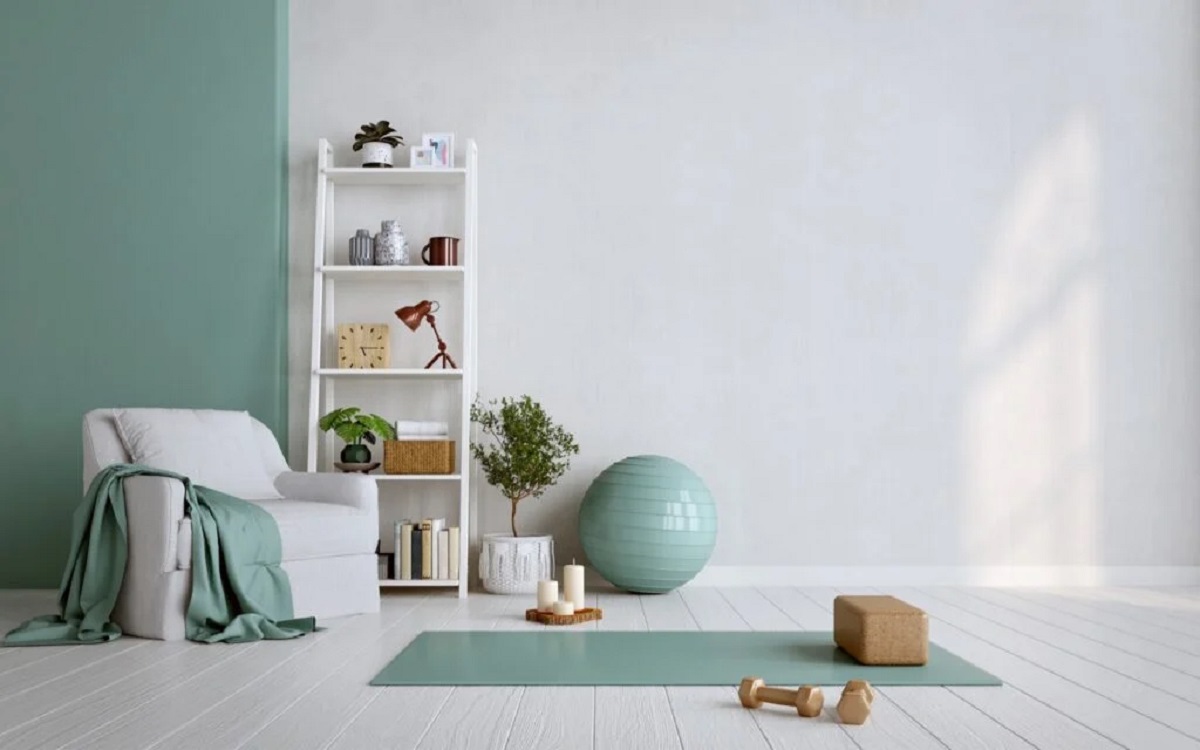
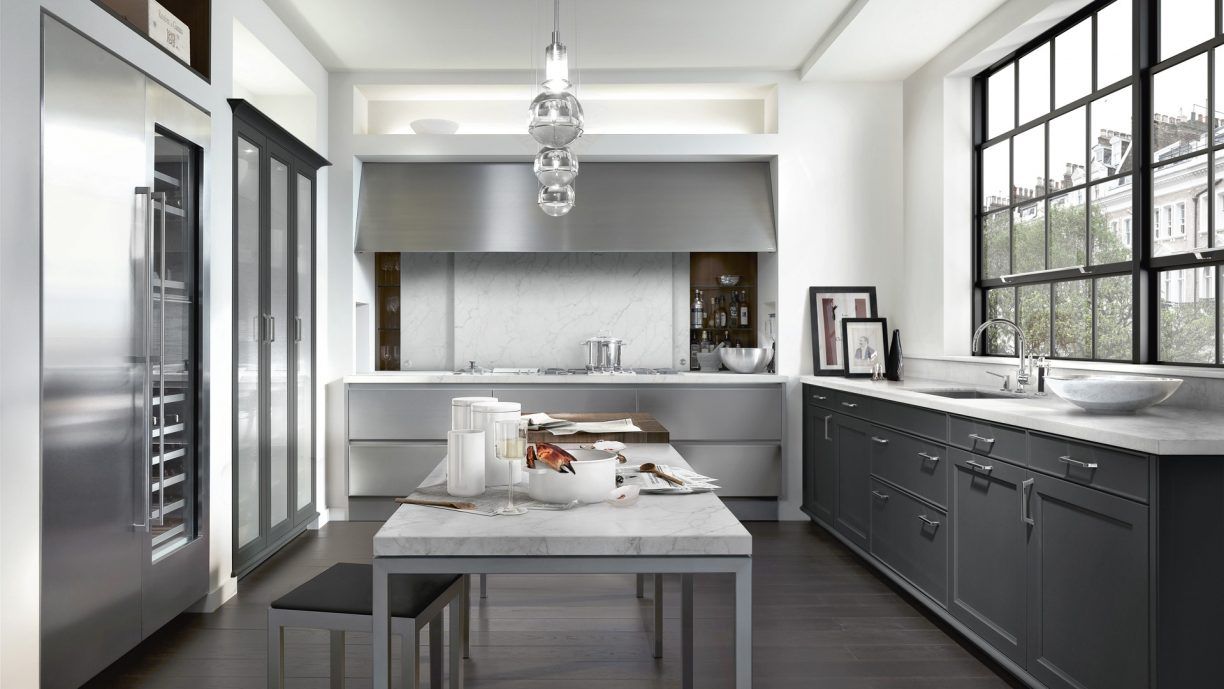
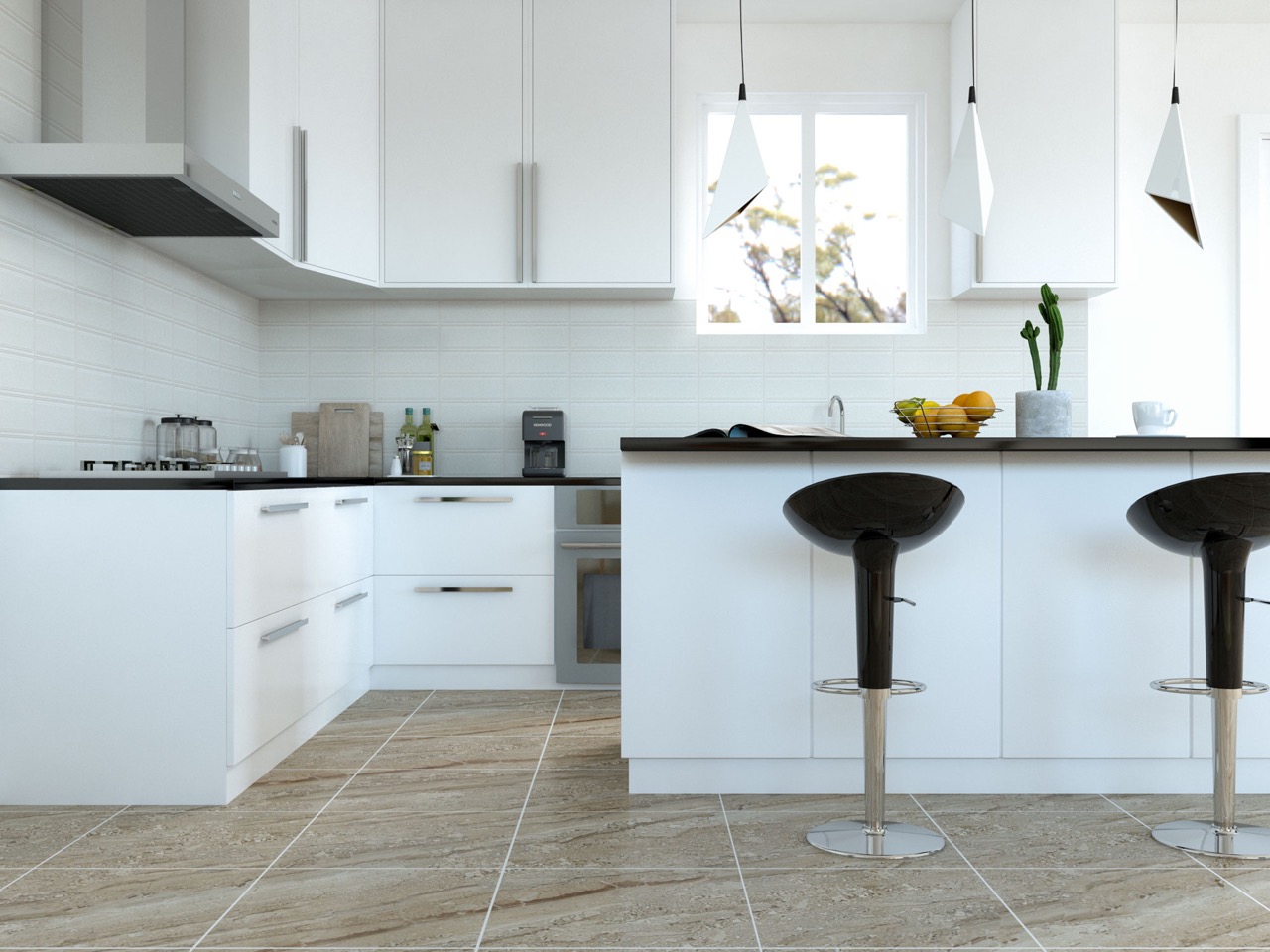
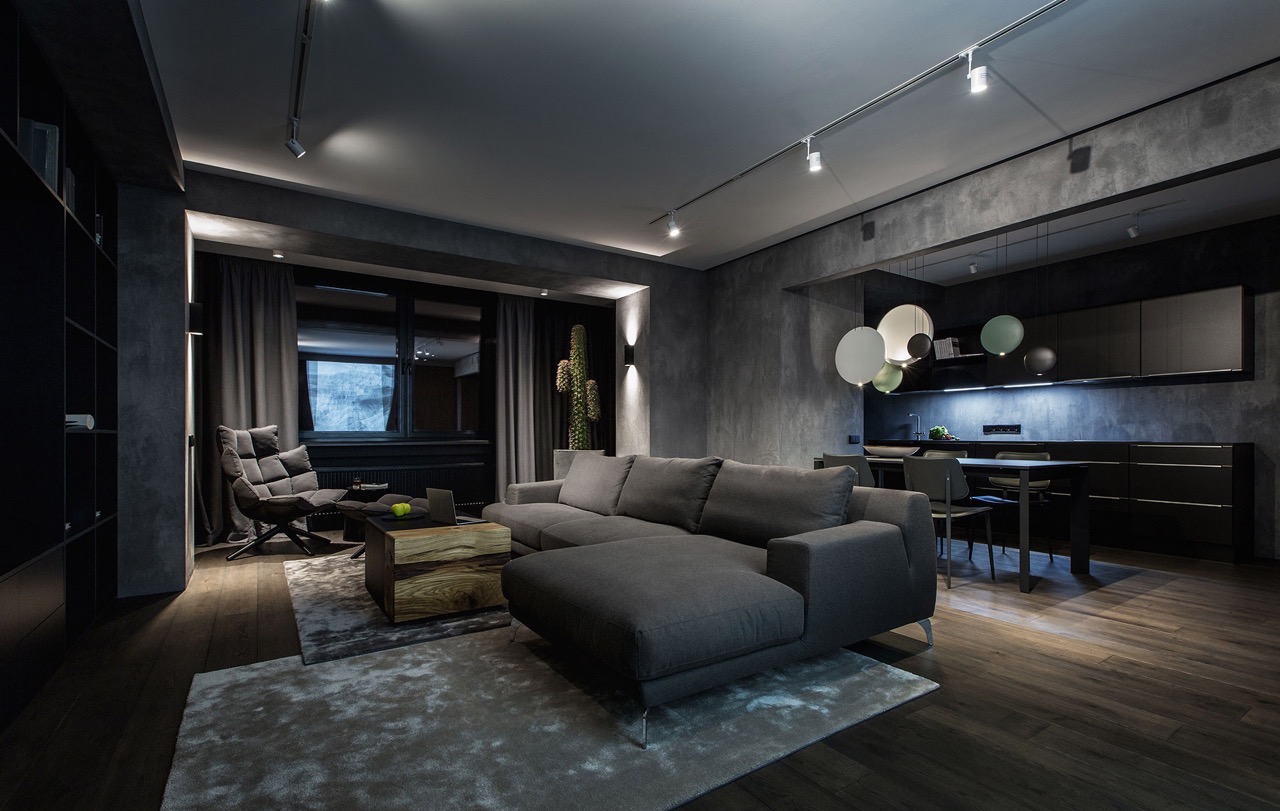
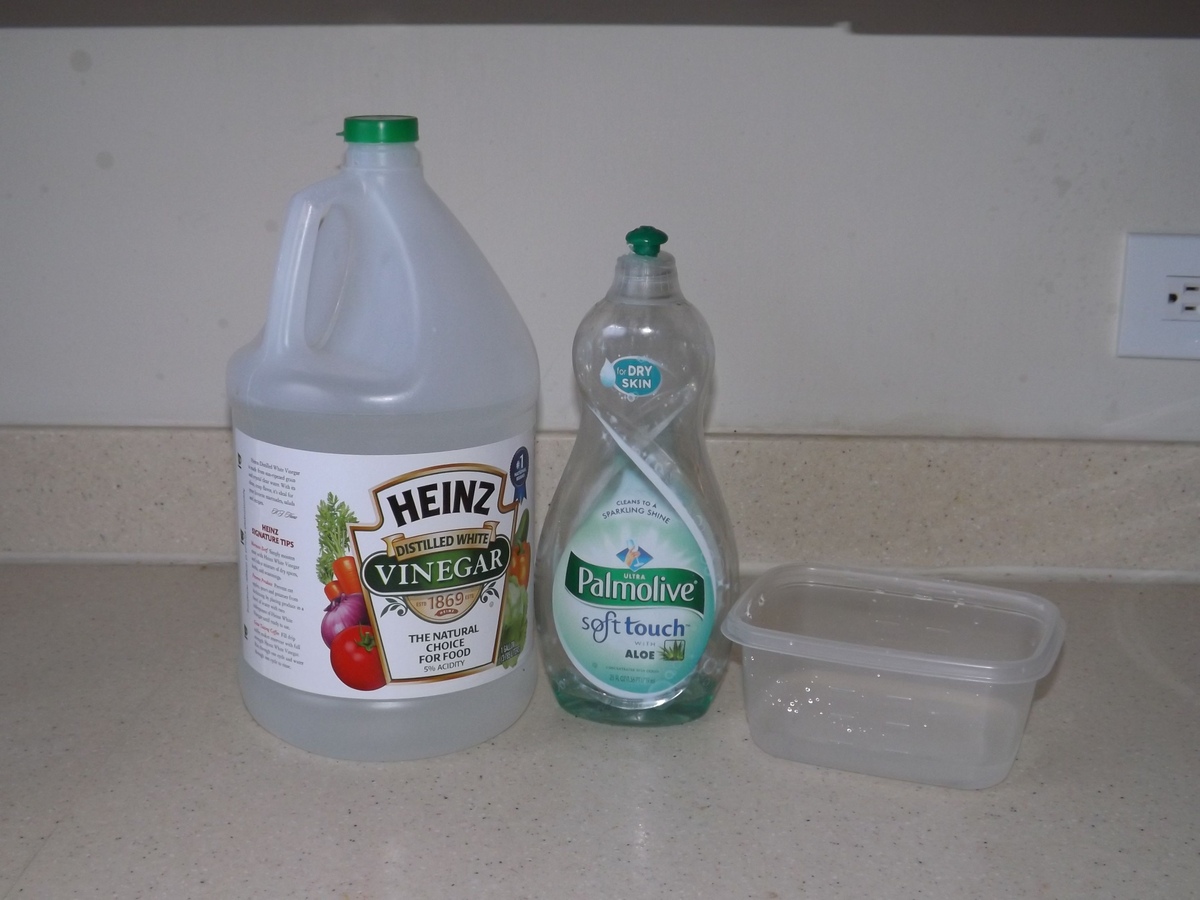
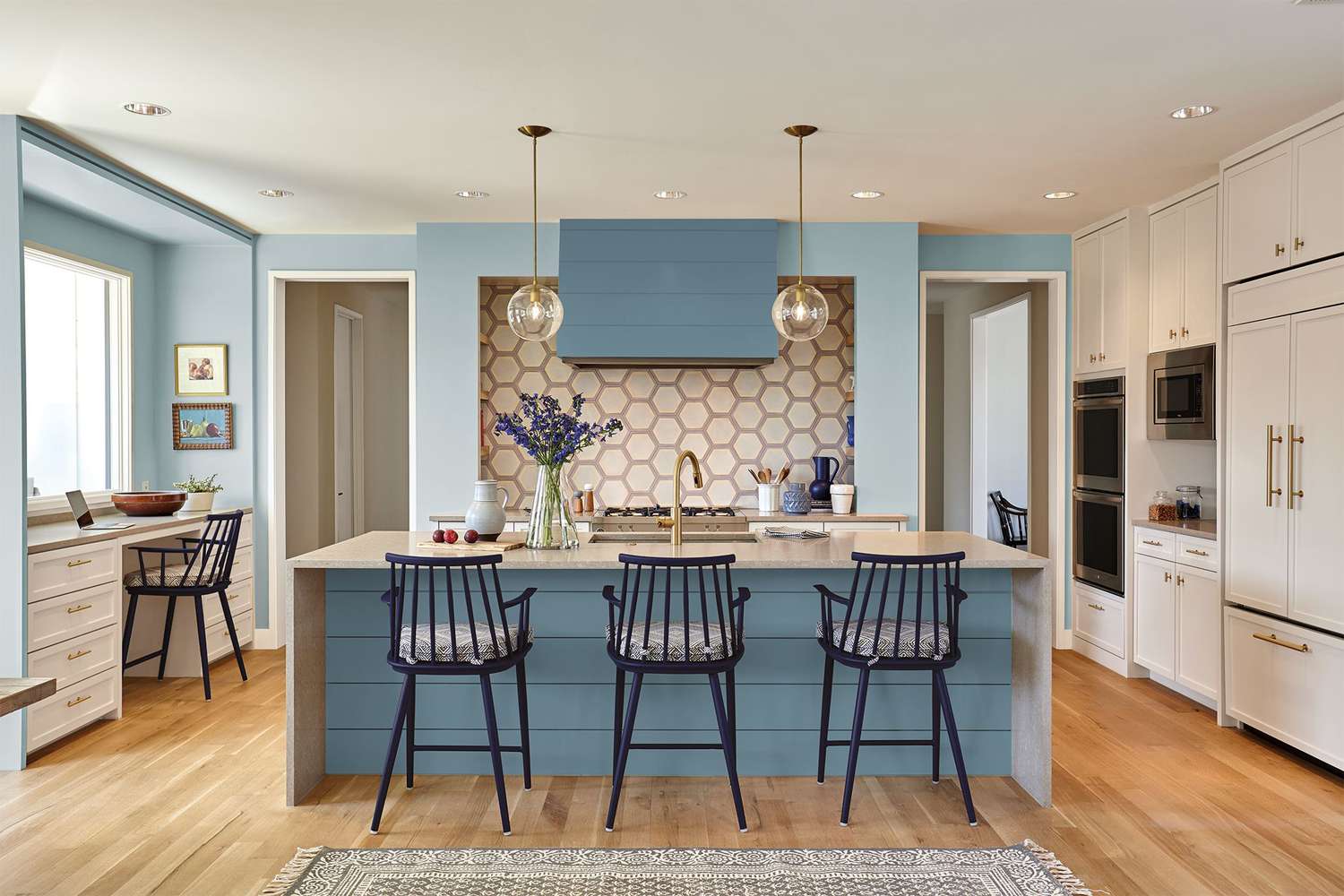
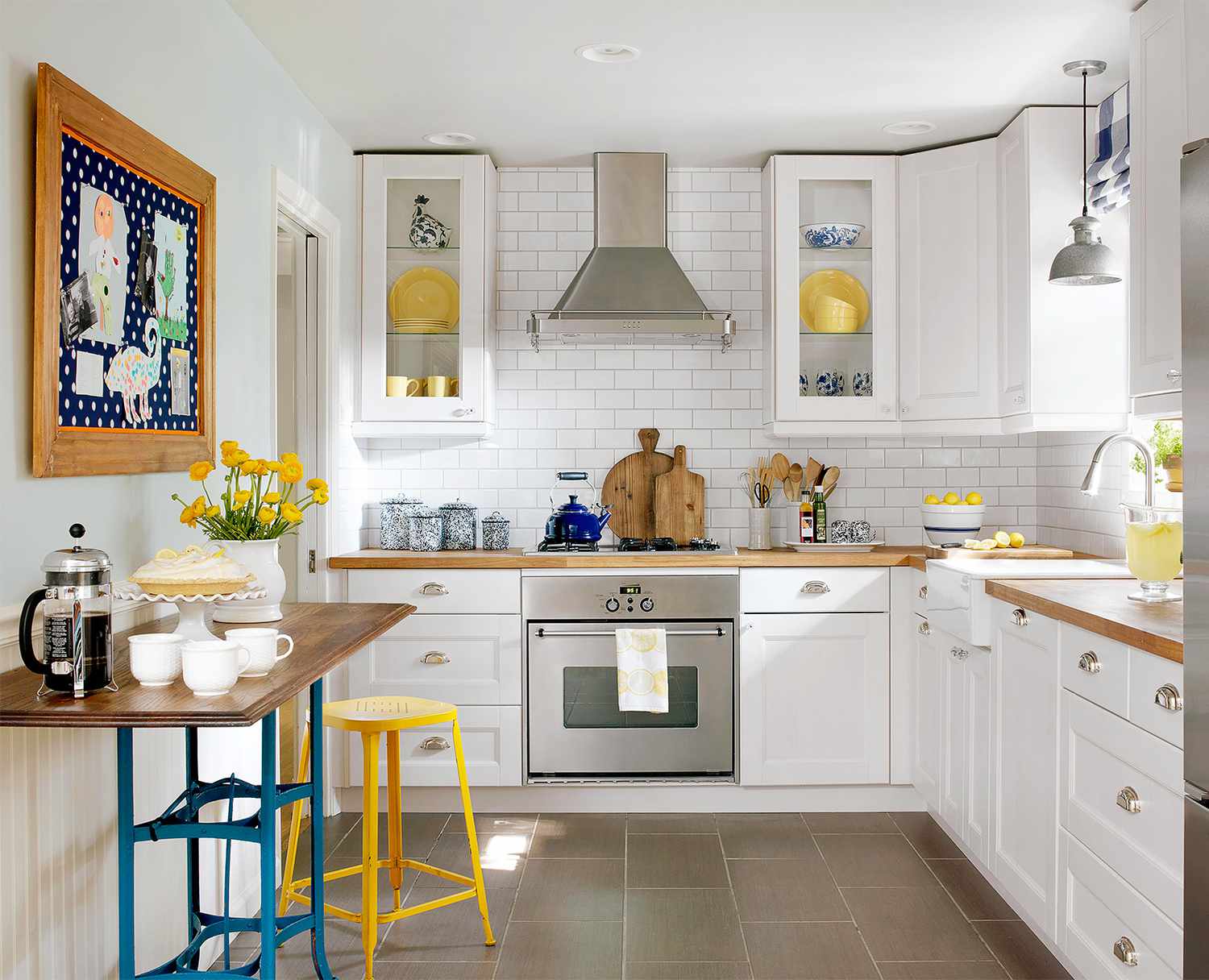
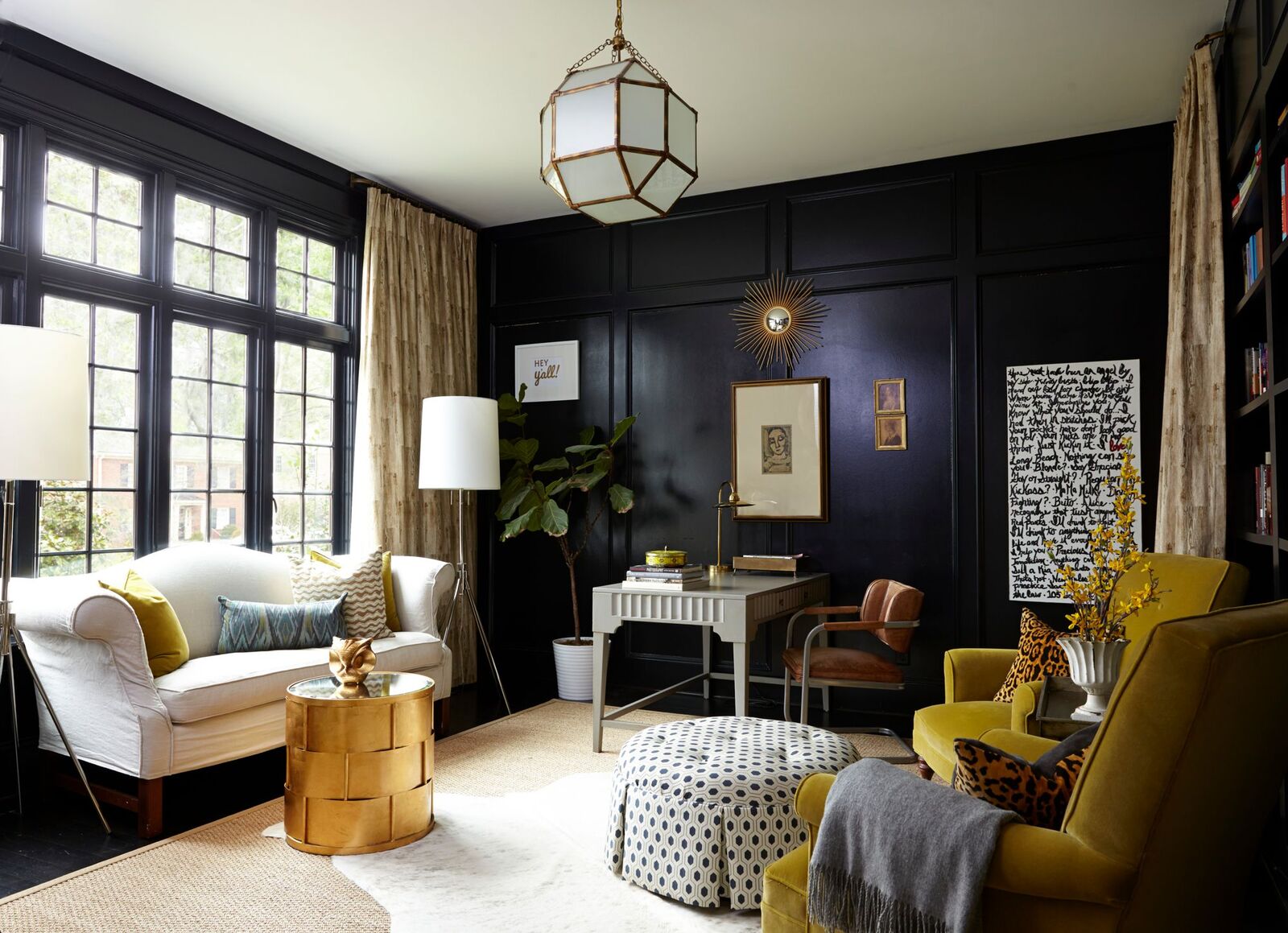

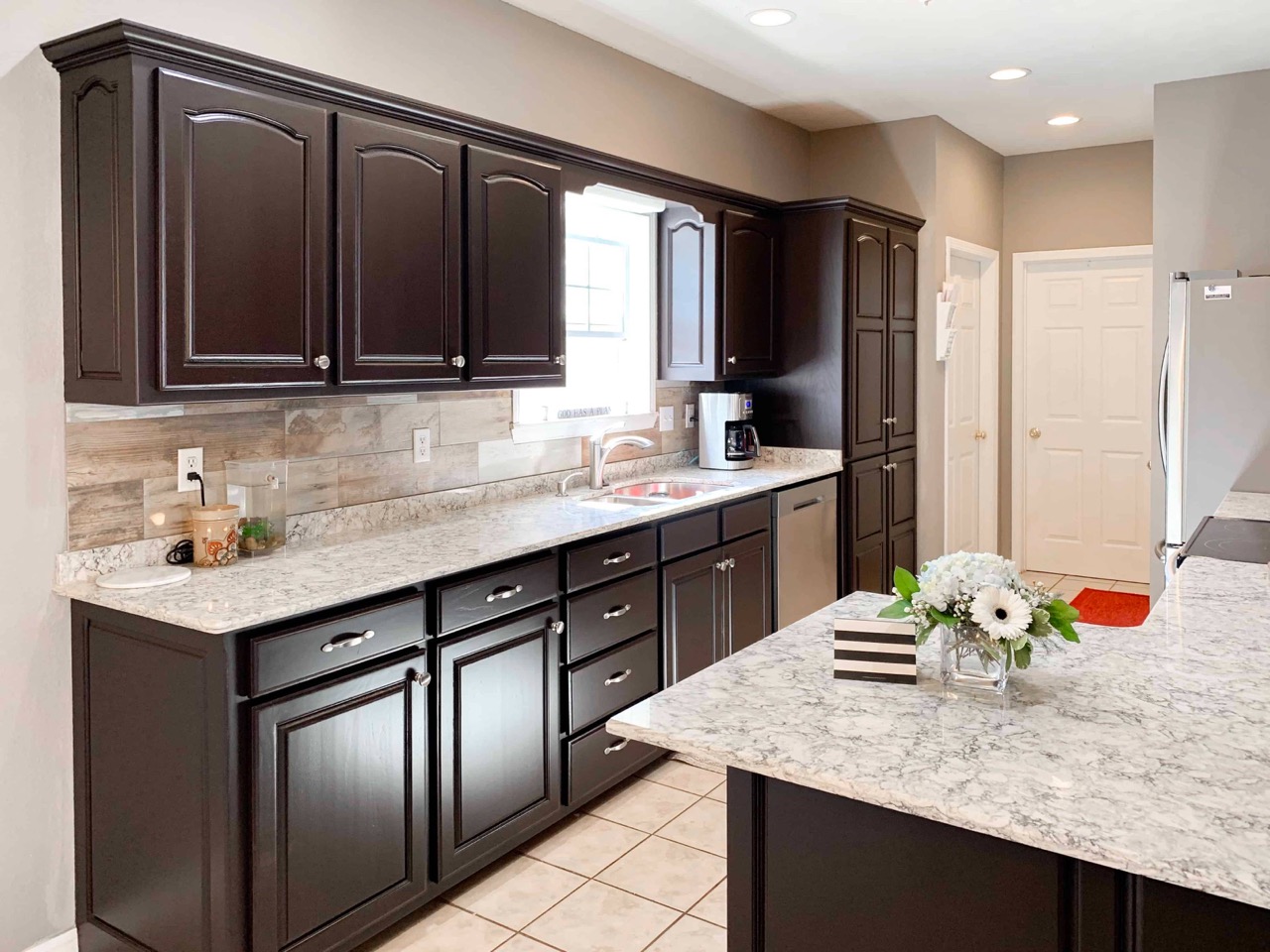
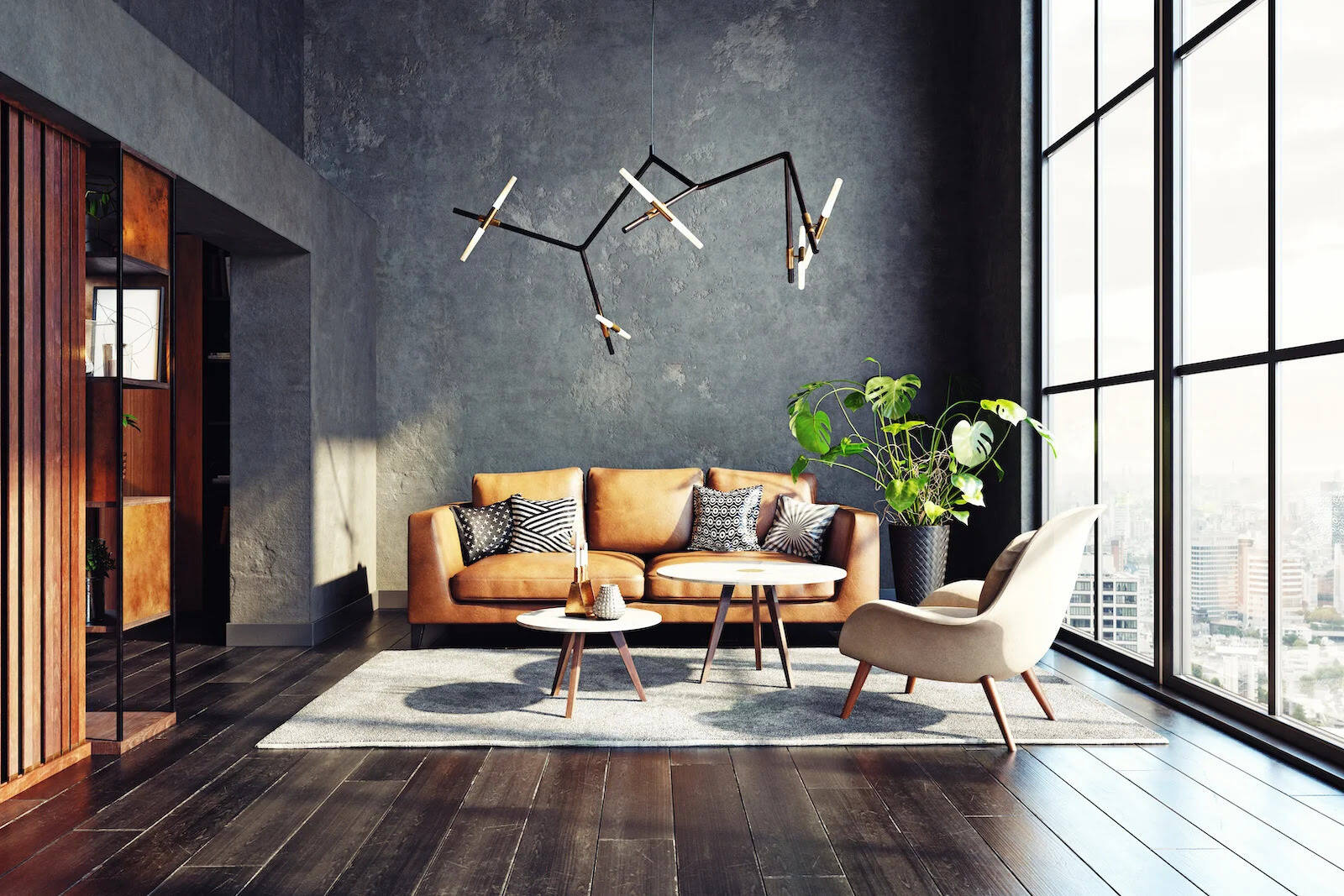
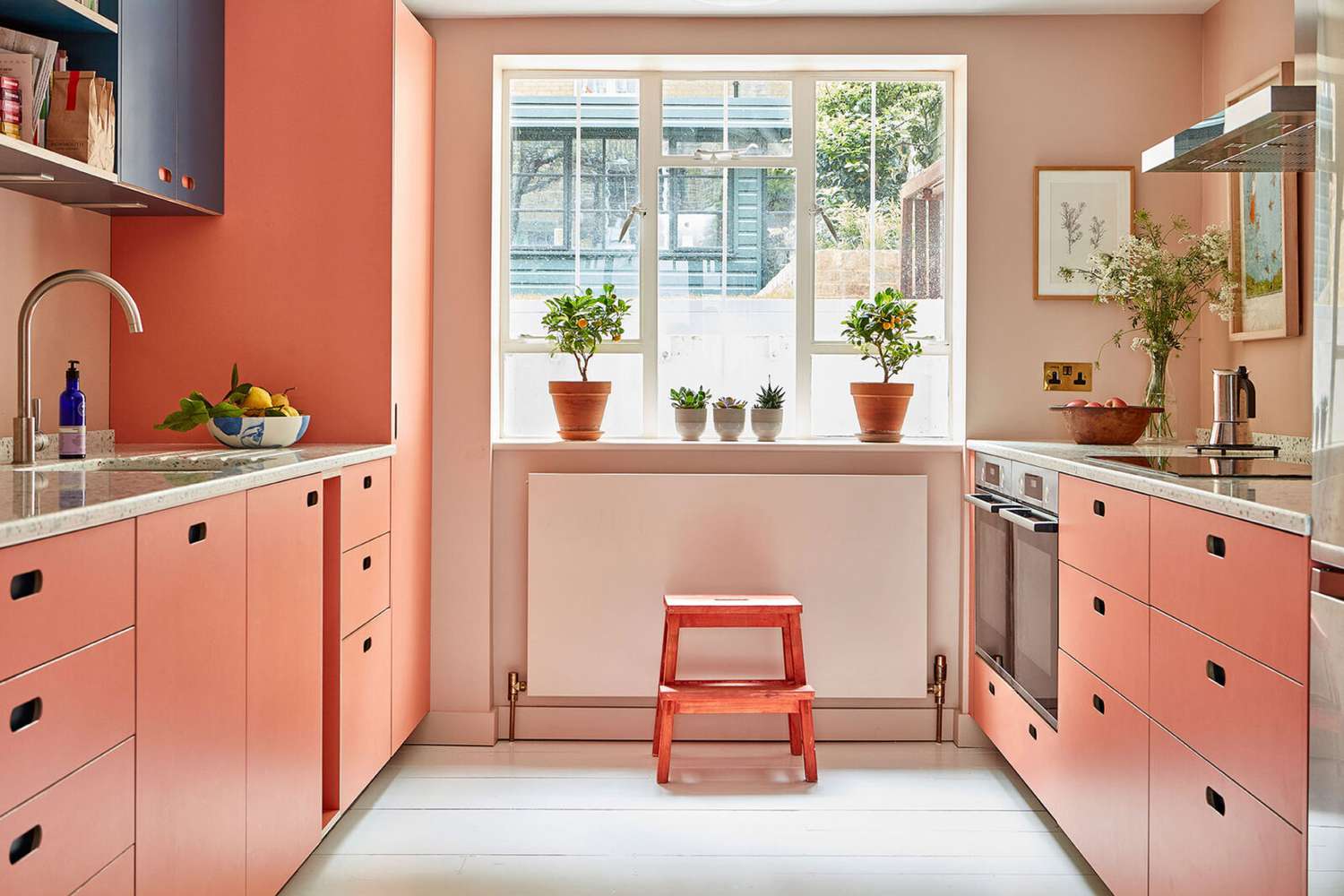
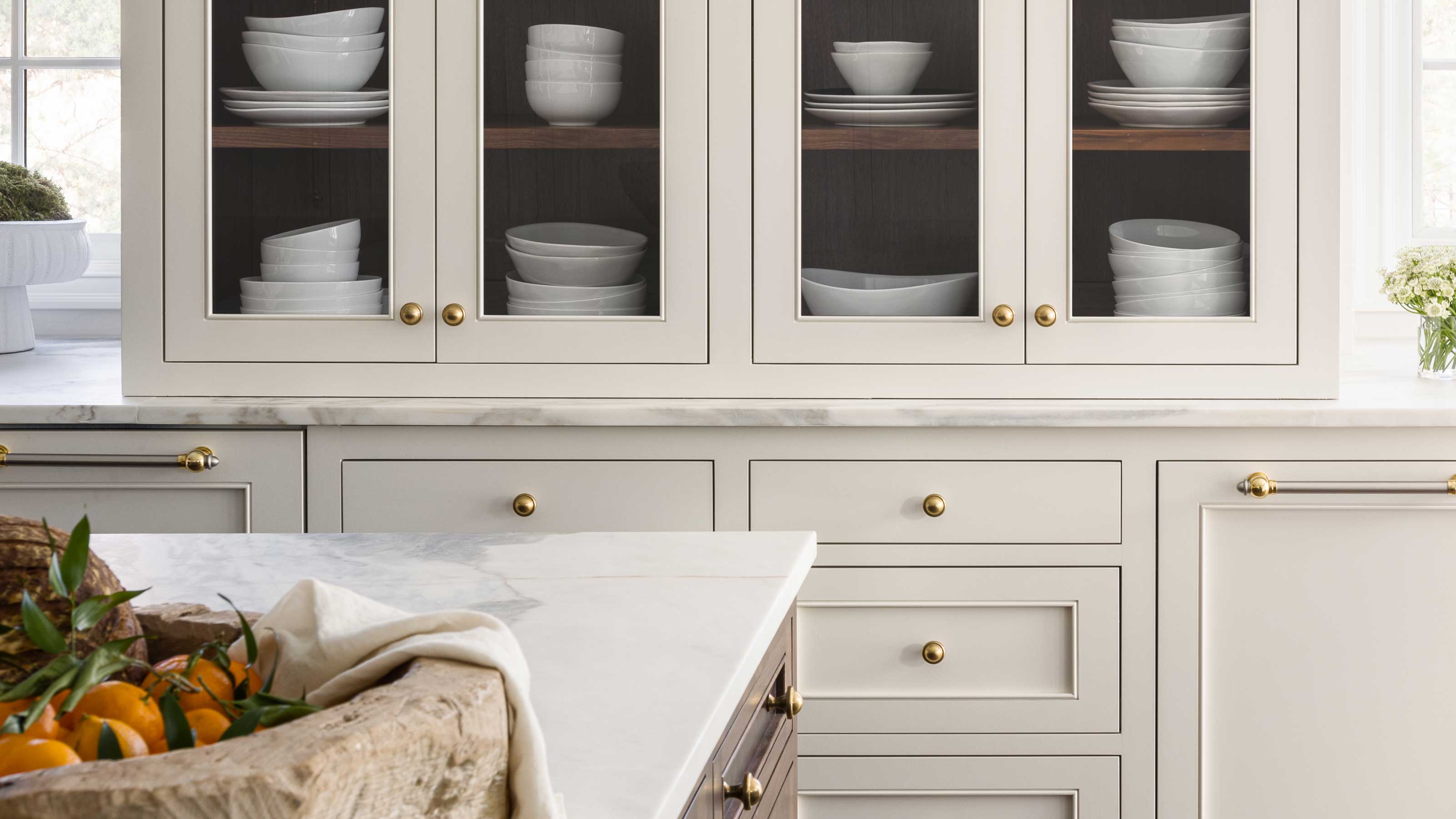

0 thoughts on “What Color Goes With A White Kitchen? 10 Top Picks From Design Experts”